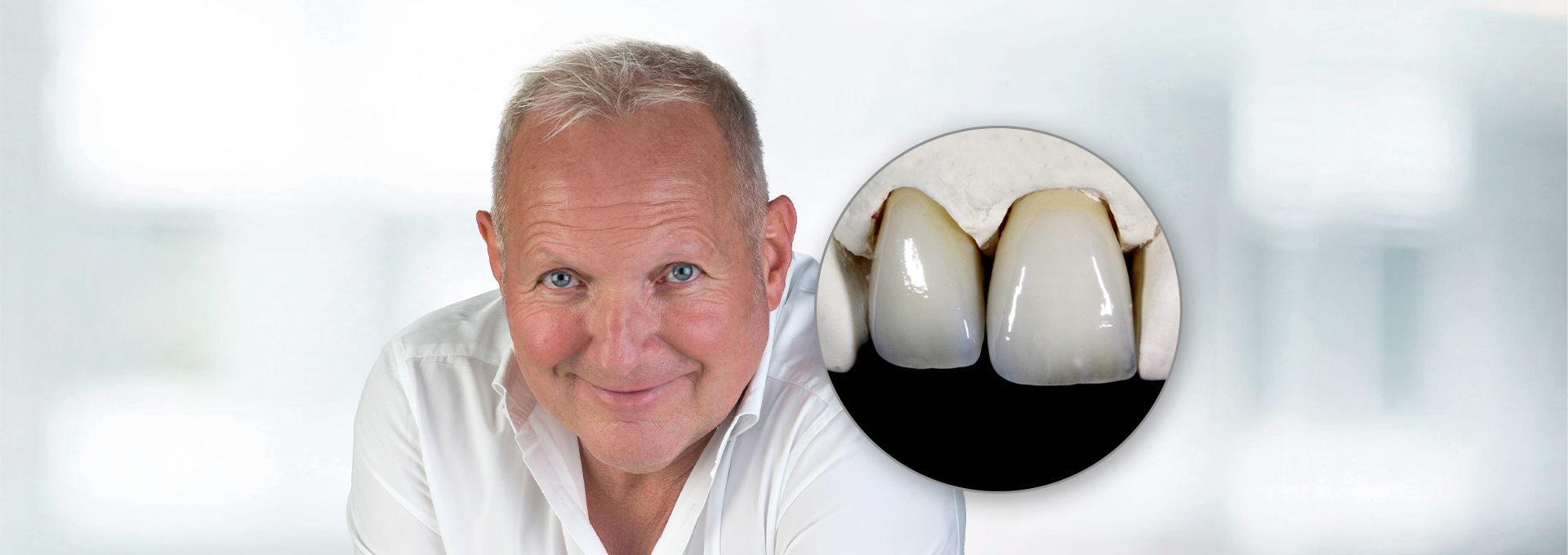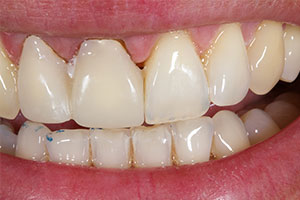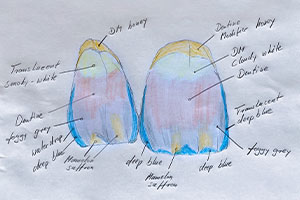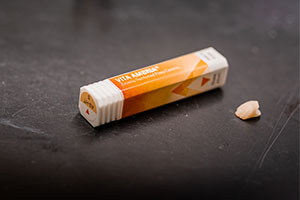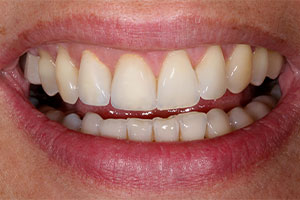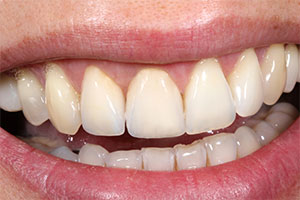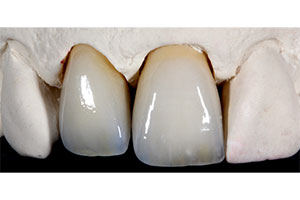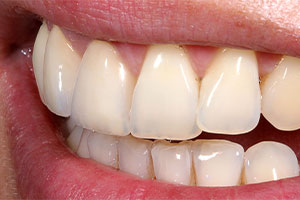Jürgen Freitag, Master Dental Technician, Bad Homburg, Germany
Dental technicians want their work to fit and look great. The ambition to achieve the best possible precision and esthetics is what makes this profession both challenging and rewarding each day. Pressing lithium disilicate is without doubt, a well-established manufacturing method for all-ceramic restorations. We have simply learned to work with this technology. But until now, it did not necessarily meet the high demands of dental technicians, and in some cases, we had to compensate with craftsmanship and experience. Does the technology really offer what dental technicians are looking for, in order to achieve optimum outcomes in regard of esthetics and precision? It is true that people get used to some things and accept them over time, and this method seemed the best possible solution. But lithium disilicate often looked grayish, marginal areas had to be modeled thicker to achieve the tapered margins required and the reaction layer with the investment material compromised ideal wax modelings because details were lost during the ceramic implementation. A new formula offers another way. The press ceramic VITA AMBRIA (VITA Zahnfabrik, Bad Säckingen, Germany) is a zirconia-reinforced lithium disilicate and was used in the esthetic zone in the following case in order to achieve a natural, lively look, instead of a lifeless, gray one.

